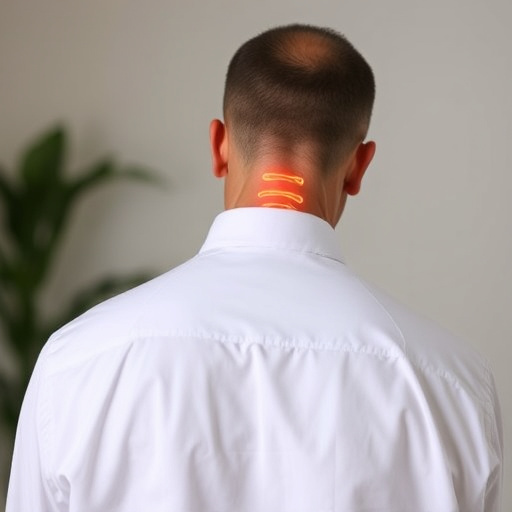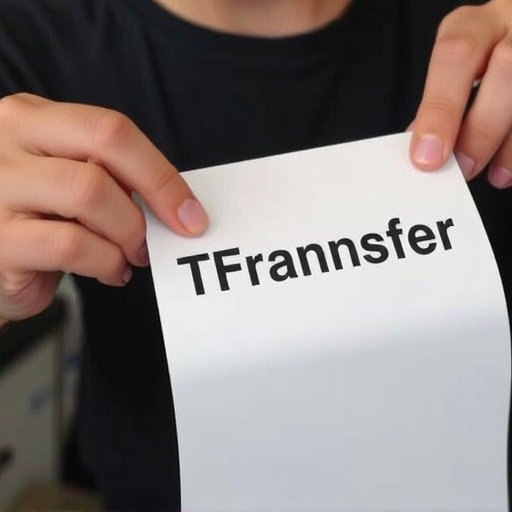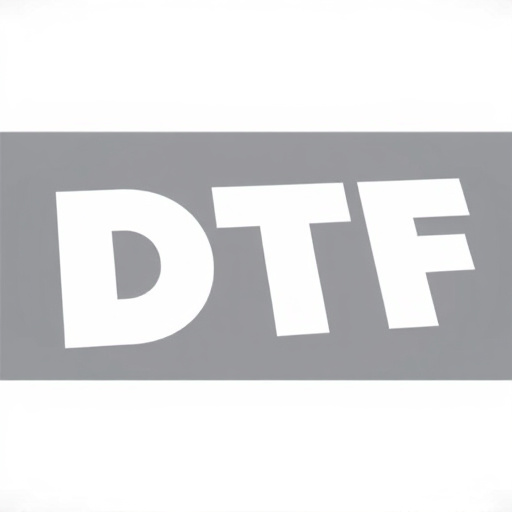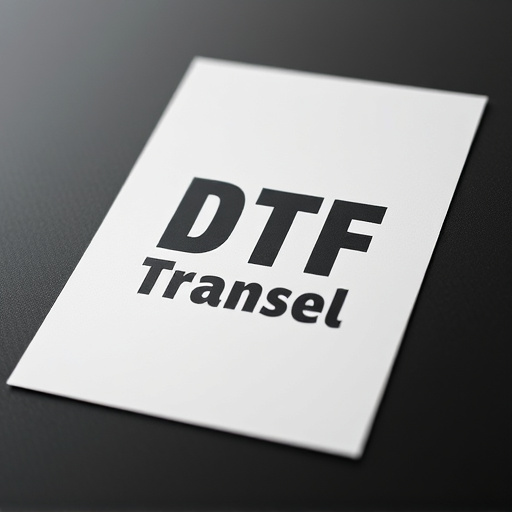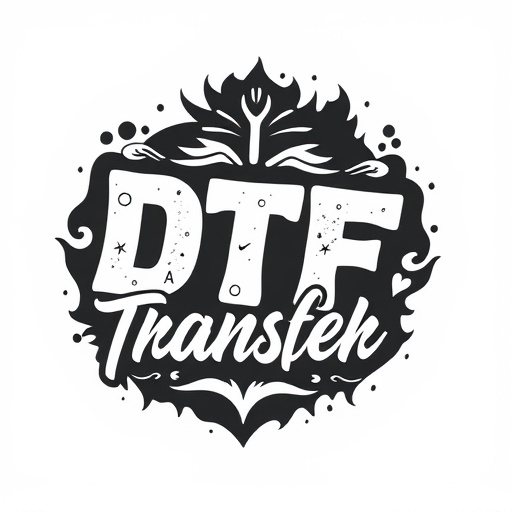Direct-to-film (DTF) transfer printing revolutionizes commercial printing with high-quality, vibrant, and durable images on various surfaces. This technology offers speed, versatility, and cost-effectiveness for advertising banners, signage, and other marketing materials. Choosing a partner requires considering their DTF expertise, custom services, quality control, turnaround times, and customer support. Advanced DTF techniques use piezoelectric printers and thermal platens to create precise, colorful prints on textiles, plastics, and metals, ensuring longevity and visual impact for businesses. Strict Quality Assurance (QAC) processes guarantee flawless results, with skilled technicians verifying every step for client satisfaction and continuous process improvement. DTF transfer is a powerful tool for visually striking marketing campaigns, as seen in diverse sectors from fast food to retail.
“In the world of commercial printing, Direct-to-Film (DTF) transfer production is revolutionizing the way brands bring their creative visions to life. This cutting-edge technology offers unparalleled precision and efficiency in print quality, making it a game-changer for demanding commercial applications. From vibrant DTF prints on signage to intricate designs on promotional products, this article explores the benefits, technical intricacies, and best practices surrounding DTF transfer production, empowering businesses to make informed decisions.”
- Understanding Direct-to-Film (DTF) Transfer: A Revolution in Printing
- The Benefits of DTF Transfer for Commercial Applications
- Choosing the Right DTF Production Partner: What to Look For
- Technical Aspects of DTF Transfer: Techniques and Technologies Involved
- Quality Assurance and Control in DTF Print Production
- Case Studies: Successful DTF Transfers for Commercial Campaigns
Understanding Direct-to-Film (DTF) Transfer: A Revolution in Printing
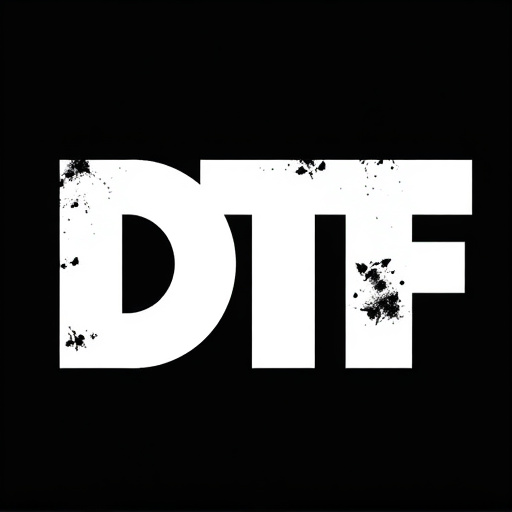
Direct-to-film (DTF) transfer has emerged as a game-changer in the printing industry, revolutionizing how we create and reproduce visuals. This cutting-edge technique involves transferring images and designs directly onto various film surfaces, offering unparalleled precision and quality. DTF Printing allows for the production of intricate, high-resolution prints that can be used across multiple mediums, from advertising banners to retail signage.
The beauty of DTF lies in its versatility. It enables commercial clients to achieve stunning visual effects with vibrant colors, crisp details, and exceptional durability. This method streamlines production processes by eliminating intermediate steps, resulting in faster turnaround times and cost-effectiveness. With DTF Transfer, businesses can easily adapt their marketing materials, ensuring their messages are visually impactful and consistently delivered across different platforms.
The Benefits of DTF Transfer for Commercial Applications
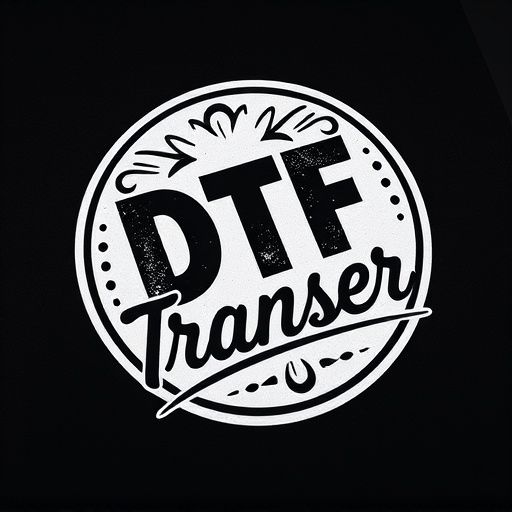
Direct-to-film (DTF) transfer production offers a myriad of advantages for commercial clients seeking high-quality printing and imaging solutions. One of its key benefits is the ability to produce vibrant, accurate, and long-lasting prints directly on various materials, from vinyl banners to glass surfaces. This process eliminates the need for intermediate steps, reducing production time and costs significantly. DTF Printing allows for intricate designs, making it ideal for visually appealing marketing materials like billboards, point-of-sale displays, and window graphics.
Moreover, DTF Transfer ensures exceptional durability, as the ink is bonded directly to the substrate, resisting fading and damage from weather conditions or frequent handling. This technology also promotes flexibility in design customization, enabling businesses to adapt their visual content swiftly and effectively. With its ability to deliver sharp details and vibrant colors, DTF Transfer is a preferred method for creating impactful commercial prints that capture attention and enhance brand visibility.
Choosing the Right DTF Production Partner: What to Look For
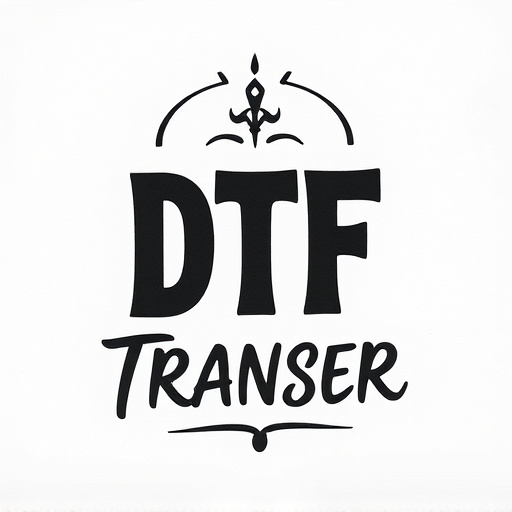
When selecting a Direct-to-Film (DTF) transfer production partner for commercial projects, it’s crucial to consider several key factors. Look for companies with a proven track record in DTF printing and a deep understanding of the latest technologies. Expertise in creating high-quality DTF prints that accurately represent your brand or product is non-negotiable.
Inquire about their process: do they offer custom design services, and can they adapt to unique specifications? Ensure they employ robust quality control measures to guarantee consistent results. Additionally, consider their turnaround time and customer support—reliable partners will provide prompt service and address any concerns effectively.
Technical Aspects of DTF Transfer: Techniques and Technologies Involved
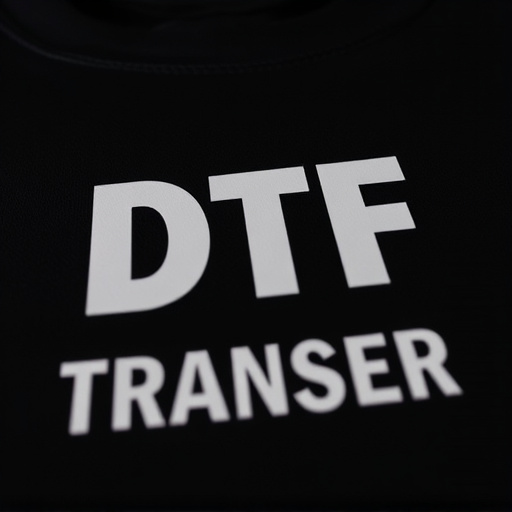
Direct-to-film (DTF) transfer production has evolved to become a sophisticated process, employing cutting-edge techniques and technologies. This method facilitates the direct printing of intricate designs onto various surfaces, including textiles, plastics, and metals. The process involves several key steps. First, high-resolution digital art is created or sourced, ensuring optimal image quality. Then, specialized software is used to convert this art into a format compatible with printing machines.
At the heart of DTF lies advanced printing technology, such as piezoelectric printers and thermal platens, which deposit precise layers of ink onto the substrate. These technologies enable the creation of detailed, vibrant DTF prints with exceptional color accuracy. Additionally, post-processing steps like curing and drying are crucial to ensure the longevity and durability of the final products. This intricate dance of technology ensures that commercial clients receive high-quality, visually stunning DTF transfers for their projects.
Quality Assurance and Control in DTF Print Production
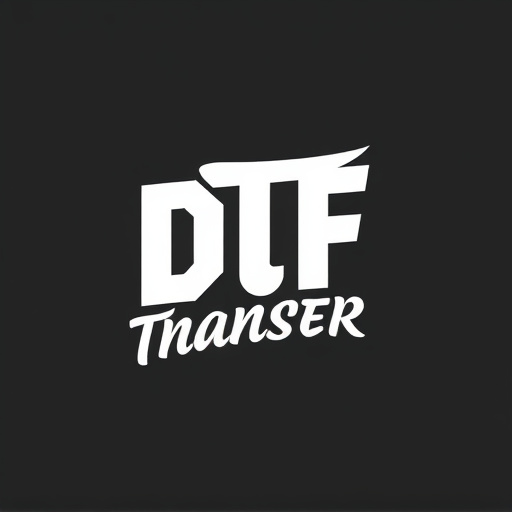
In direct-to-film (DTF) transfer production for commercial clients, Quality Assurance and Control (QAC) are paramount to ensure flawless DTF prints. The process involves meticulous inspection at every stage to catch any deviations from the original design or specifications. This includes examining the film quality, ink consistency, and precision of the print head during the DTF transfer phase. Skilled technicians use specialized equipment to perform tests such as color accuracy checks, resolution assessments, and dimensional stability verifications.
Implementing robust QAC protocols helps prevent issues like color misregistration, uneven ink deposition, or print distortions, ultimately guaranteeing that each DTF print meets or exceeds client expectations. Advanced quality control measures also facilitate continuous improvement in the production process, allowing for the timely identification and resolution of any recurring problems. This commitment to QAC is what sets expert DTF transfer production apart, ensuring clients receive superior-quality prints tailored to their specific needs.
Case Studies: Successful DTF Transfers for Commercial Campaigns
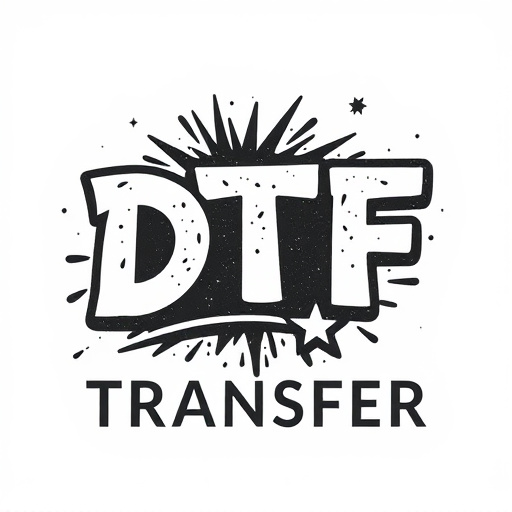
Direct-to-film (DTF) transfer production has proven to be a game-changer for commercial campaigns seeking high-impact, visually stunning results. Case studies across various industries highlight successful DTF transfers that have captured audiences and driven sales. For example, a leading fast-food chain utilized DTF printing to create vibrant, full-color menus that popped up on restaurant walls, enhancing the customer experience and increasing engagement.
Another notable case involved a retail brand that employed DTF transfers for window graphics, transforming ordinary storefronts into dynamic canvases that showcased seasonal promotions. The result was increased foot traffic and higher conversion rates. These real-world applications not only underscore the versatility of DTF transfer technology but also its effectiveness in delivering commercial campaigns with a competitive edge.
